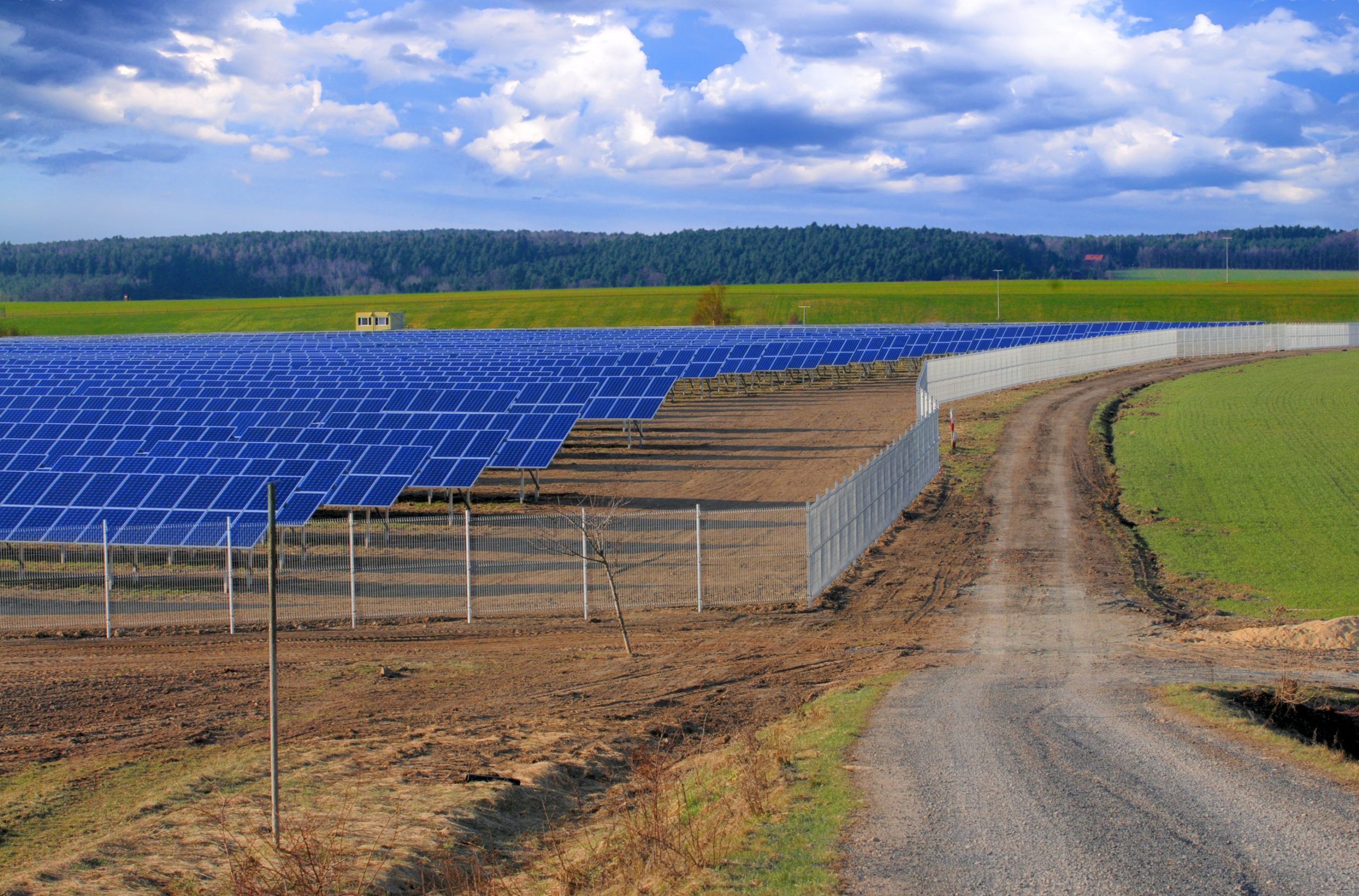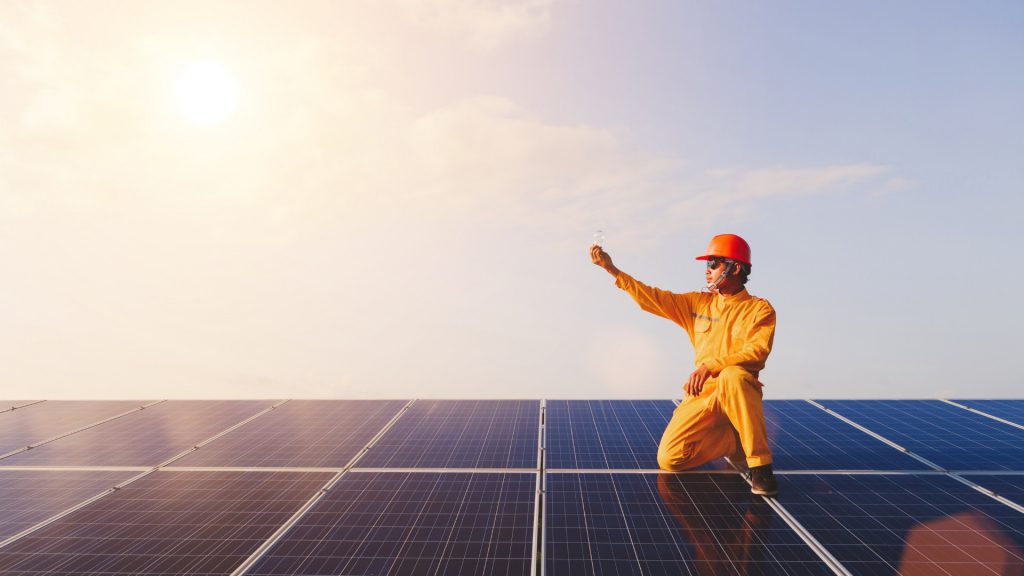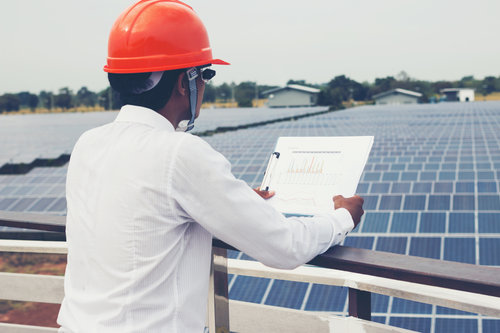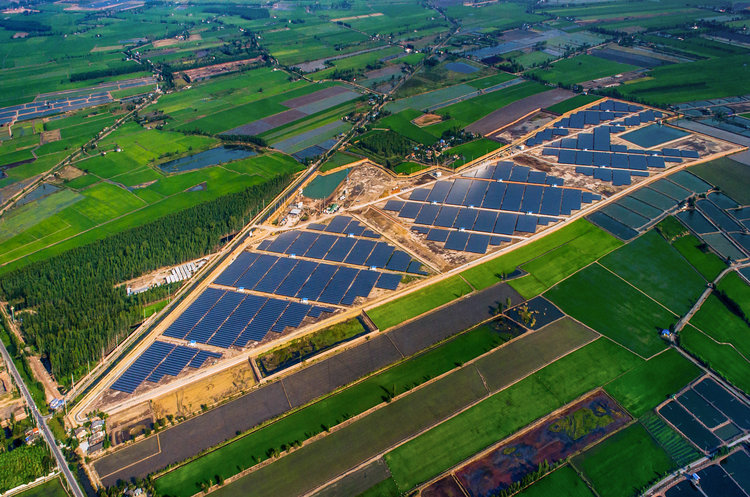Community solar has its own unique benefits for the economy, the environment, and your household–and it’s already having a nationwide impact.
Table of Contents
Here are the 8 biggest benefits of community solar:
1. Don’t Own Your Home? No Problem.
Community solar allows households to tap into a local shared solar farm and see savings on their electric bill.
You don’t need to own your home (or rooftop) to participate–anybody with an electricity bill should be eligible, including renters, condo owners, or those with a roof unsuitable for solar. Solstice is working to bring community solar projects to as many households as possible.
2. No Bothersome Installation
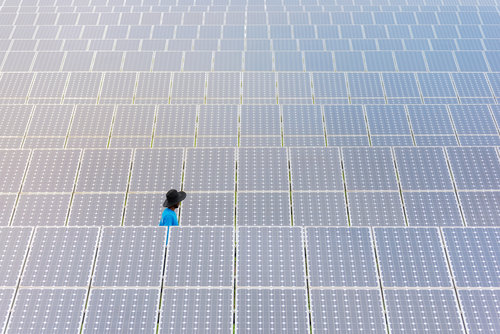
NREL estimates that 49% of American homeowners can’t install rooftop panels because of their roof’s orientation, shade, or structure. In addition, many homeowners don’t want to go through the process of finding a contractor, finding the right panels, and installing them on their own roof. Others simply can’t afford the upfront investment.
3. No Upfront Costs
Most community solar farms offer subscription opportunities to their participants. With a solar subscription, you don’t have to buy the panels. Instead, you subscribe to the electricity they produce–and at a discounted rate relative to your utility provider. This means that you don’t need to worry about any upfront costs.
4. Cheaper Utility Bills
Community solar subscribers get a direct discount on their electricity bills, usually 5-15%. How is this possible? Plummeting solar costs are the main reason, but state and federal incentives are also important, as well as pricing agreements between the solar developer and the utility.
5. Energy Independence
Rooftop solar allows Americans to produce their own energy, and community solar brings the same benefits to communities. Both help the US to rely less on global energy markets, protecting us from unstable energy prices and supply disruptions. This concept is called “energy resilience”, and some, like long-term Intel CEO Andrew Grove, have argued that it is an important piece of our national energy security.
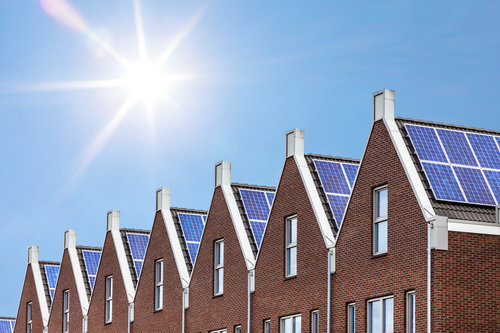
6. Less Pollution
A direct effect of our reliance on fossil fuels is pollution: their emissions contaminate local water sources, leading to cancer and other health problems. They also harm the economy and the natural world by destroying ecosystems and livelihoods. These are the harmful fuels that solar replaces. Other than the fuels used to manufacture and transport the panels, solar panels produce no polluting gasses.
7. Supporting the Local Economy
Fossil fuel production processes are heavily mechanized, and need less and less human input every day. Solar and other renewables require real, live humans for planning and installation–and they always will. In fact, the solar industry already employs more people than oil, coal and natural gas combined. In 2016 alone, the wind and solar industries created 100,000 jobs right here in the USA. Even the most vocal supporters of the fossil fuel industry can’t help but see the potential of renewable energy: President Trump recently announced $32 million in funding for small businesses across the sector. The solar industry provides good, blue-collar jobs that are spread out all over the country, supporting American families and building a cleaner, greener USA.
8. Solar is the First, Best Step to Stopping Climate Change
The science is clear: fossil-fueled CO2 emissions are causing our planet to warm at an accelerating rate–and the consequences of man-made climate change cannot be overstated. From rising sea levels to extreme weather patterns and unpredictable crop yields, our way of life is increasingly threatened. The time to act is now.
